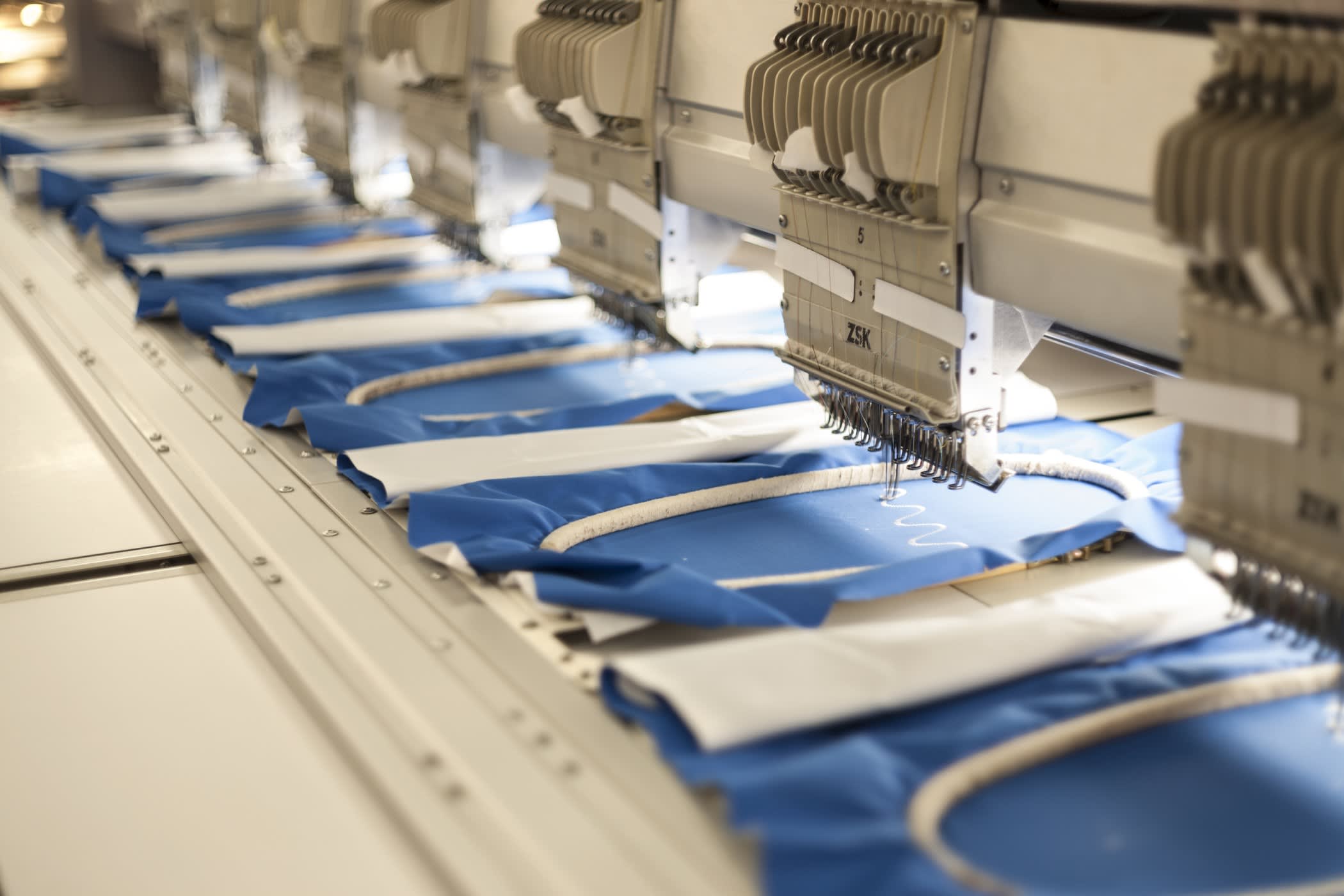Tweed: Origin, Production, Uses, Importers/Exporters, Environmental Impact



| Fabric name | Tweed |
| Fabric known as | Clò-Mór, Big cloth |
| Heat retention ability | High |
| Major exporters | Australia and England |
| Commonly used in | Jackets, pants, hats, trench coats, blazers, other outerwear, winter clothing, suit jackets and military uniforms. |
ORIGIN
Tweed is a fabric made from wool which has a rough texture but high heat retention abilities.
The origin of tweed is said to have taken place in rural Scotland in the early 18th century. The region is known for its cold misty weather and the people of Scotland used rugged but thick tweed clothes to keep themselves warm in the harsh winters. During the 19th century it became popular among the British royalty who used to visit Scotland on hunting trips or vacations.
A trend of tweeds woven in Estates of Scotland rose to popularity in the mid 18th century and each estate had its own design and pattern. Today the wool for tweed is mainly produced in Australia but most of the manufacturing still happens in England.
PRODUCTION

The wool for making tweed comes from Merino sheep which are mostly bred in Australia. The wool is harvested and then following steps take place:
Cleaning and spinning
The wool is cleaned and turned into long strings which are then spun into yarn.
Dyeing and drying
The wool is then dyed in desired hues.
Blending and mixing
It's then put into a fabric mixer to get different patterns.
Teasing and carding
The wool is then carded and made into yarns again.
TYPES
Types of tweed can be distinguished based on different patterns.

Overcheck
This type of tweed has overlapping checks that cover around four square inches
Twill
It has a simple diagonal pattern.
Herringbone
This has triangular patterns.
Checked
It's made to have a checkerboard pattern.
Striped
Has horizontal or vertical stripes.
Estate
Has a range of unique patterns.
Barleycorn
The pattern resembles corn.
Plaid
Plaid is the most common type of tweed.
MAJOR IMPORTERS AND EXPORTERS

Most of the Merino wool for the tweed production comes from Australia and most of the manufacture of this fabric takes place in the United Kingdom. Most of the export goes to countries like United States, Europe and some parts of Asia.
USES
Apparels made of tweed are preferred in colder regions due to their heat retaining ability. Most common garments made from tweed are hunting jackets, blazers, coats, military jackets, trench coats and pants. In England and Ireland caps made of tweed are famous as well.
ENVIRONMENTAL CONCERNS
Wool production is one of the most sustainable practices in human history. It causes extremely little harm to the environment. However, as the demand for tweed increased, more and more land for sheep rearing needed to be cleared and it did directly affect the natural flora and fauna.
Also, continuous sheep grazing can cause soil erosion, if not checked. Regardless of these facts, wool continues to be the most environmentally friendly fabric being totally biodegradable.



















